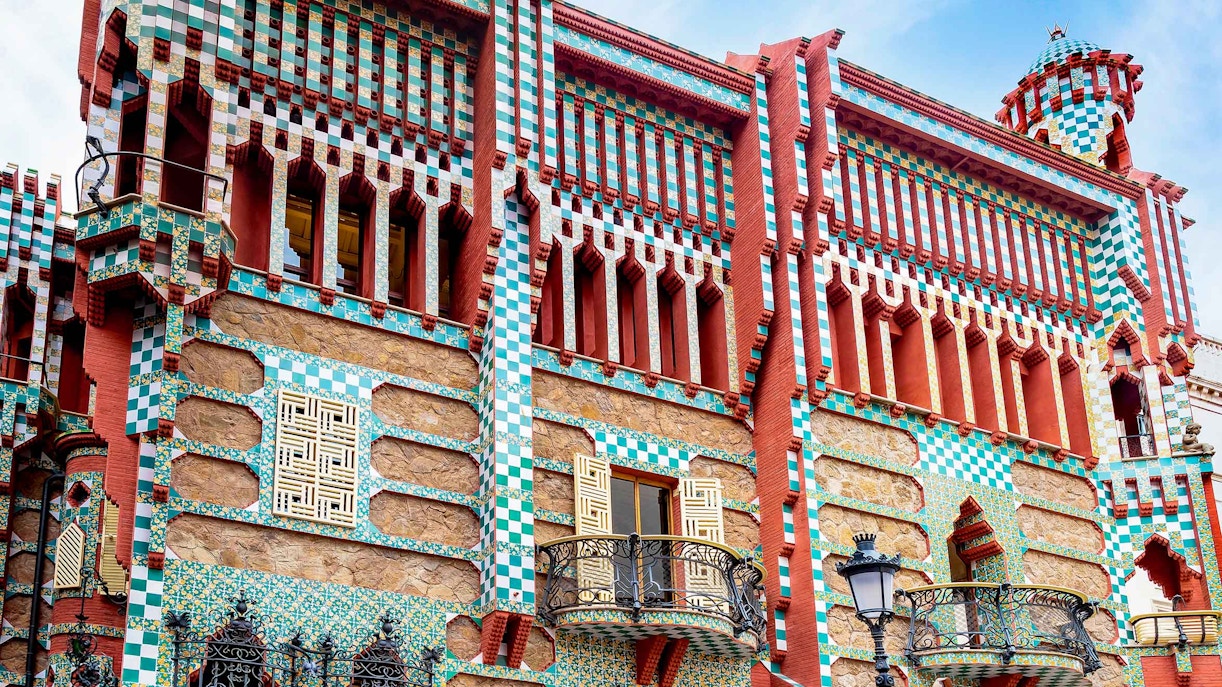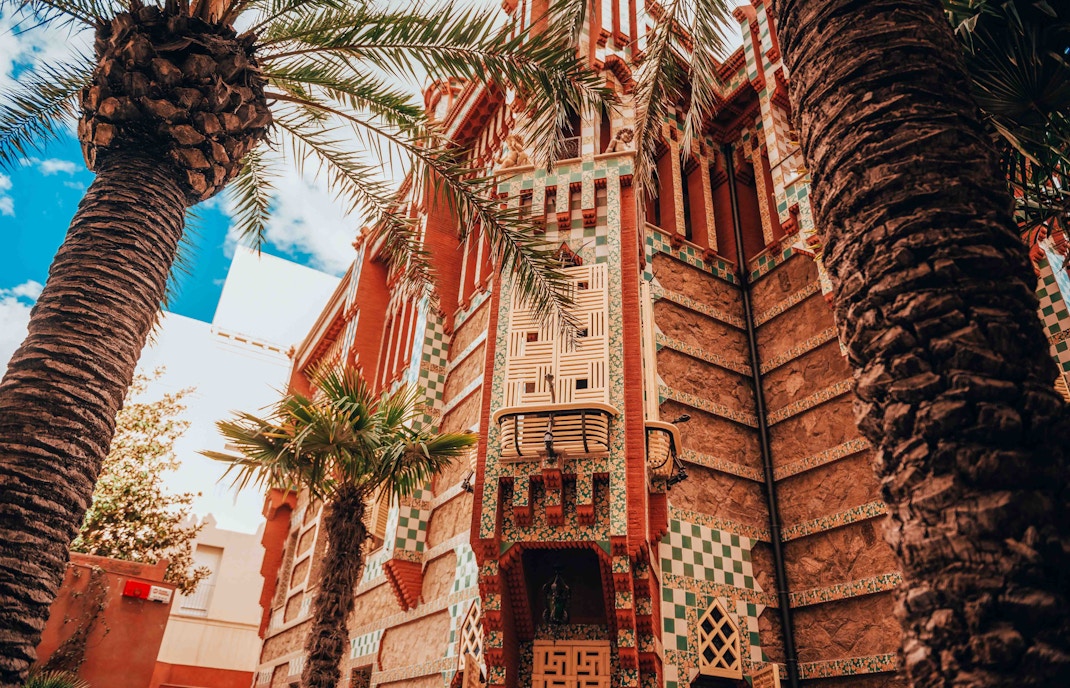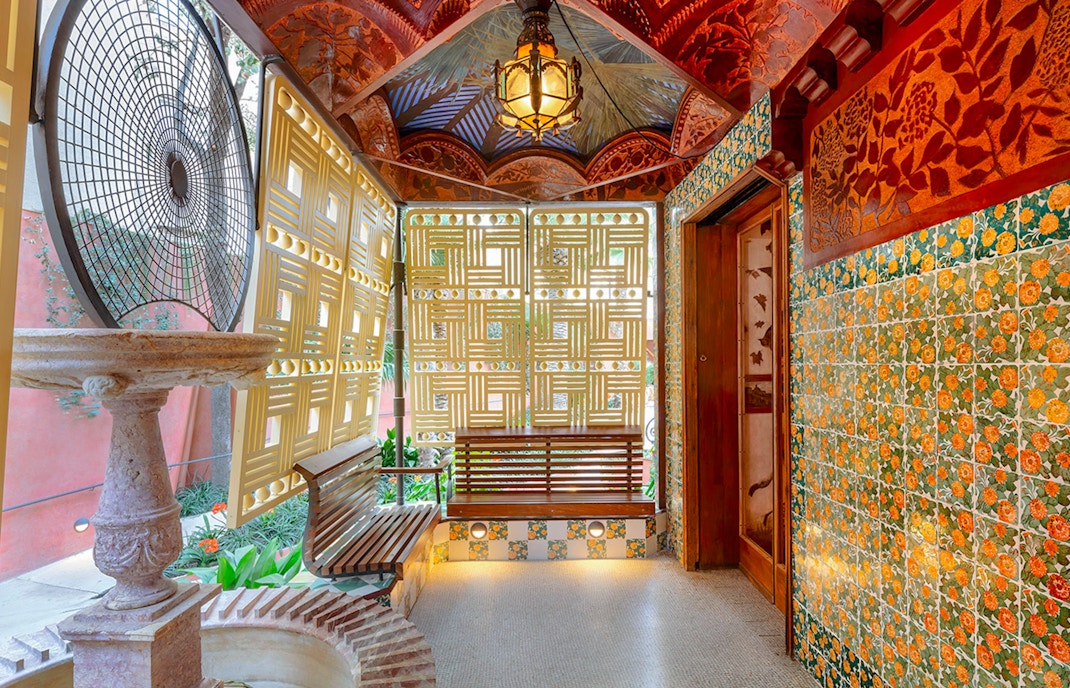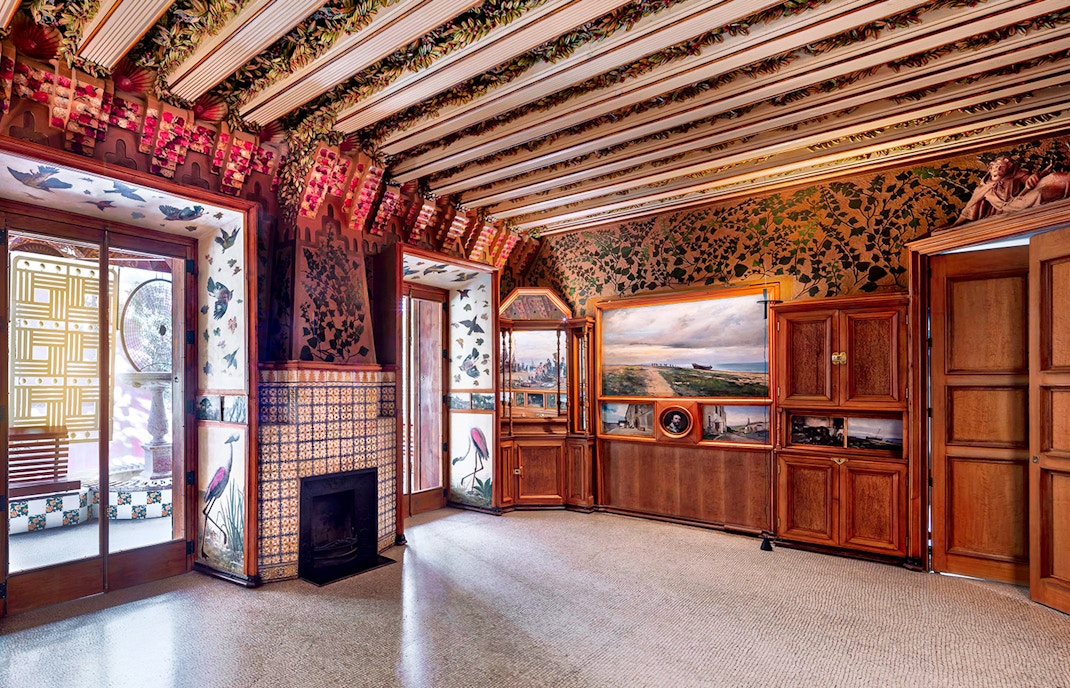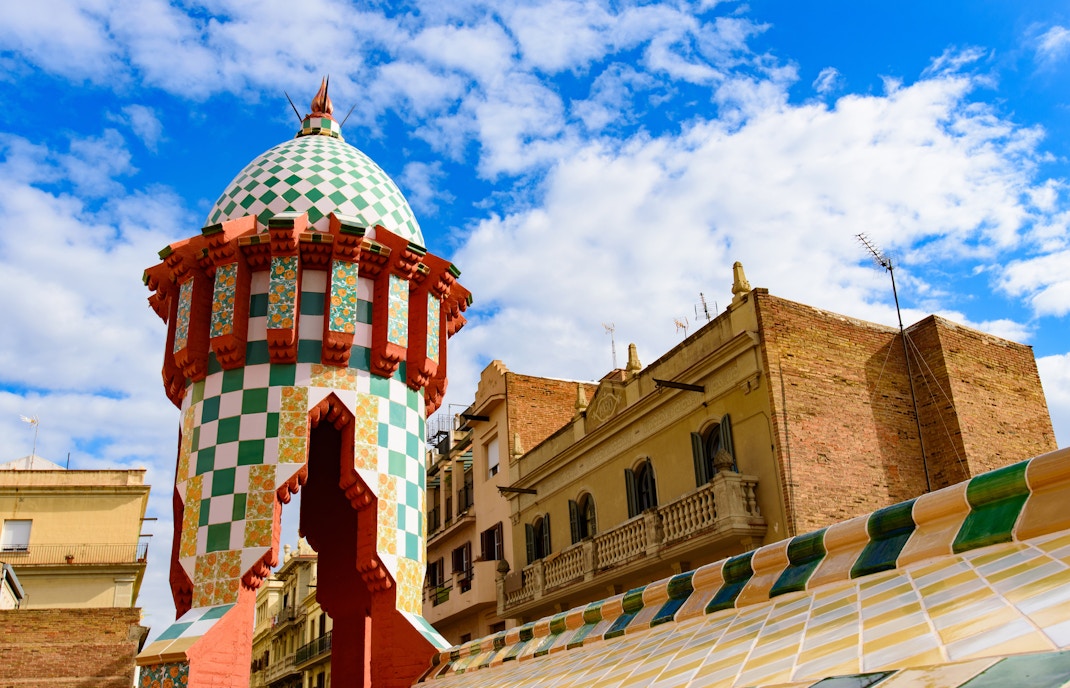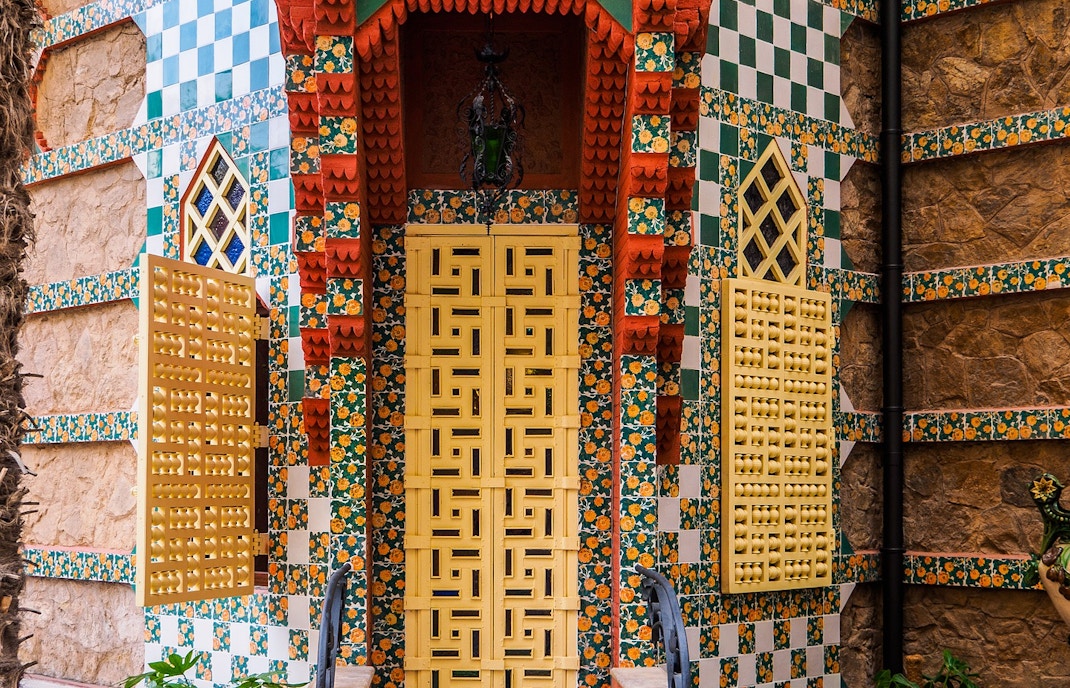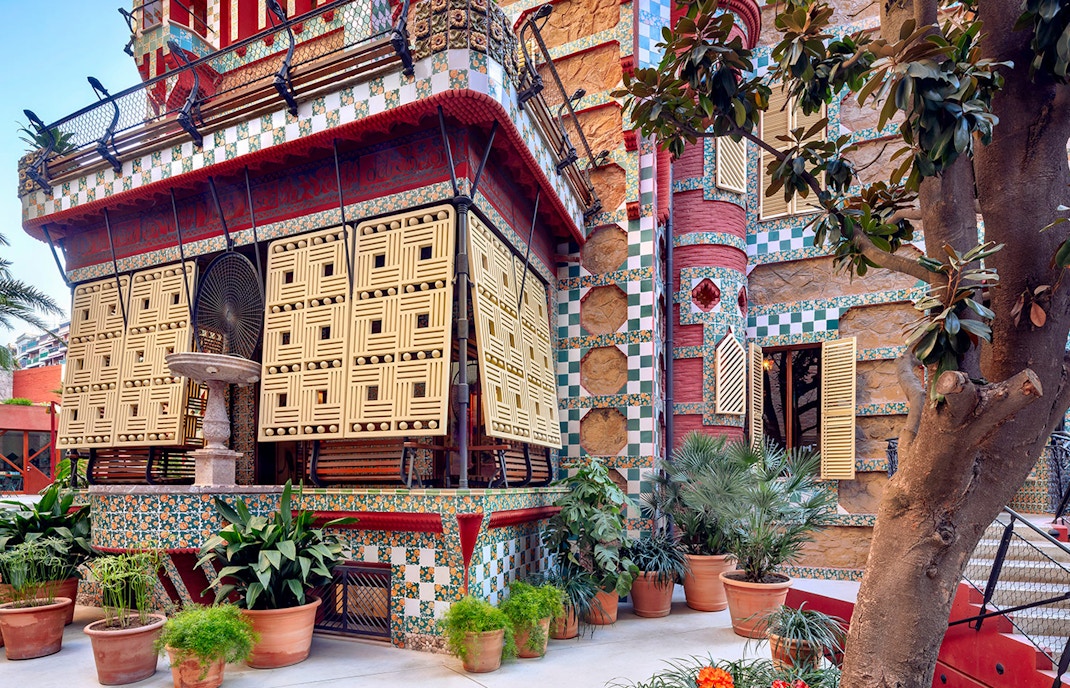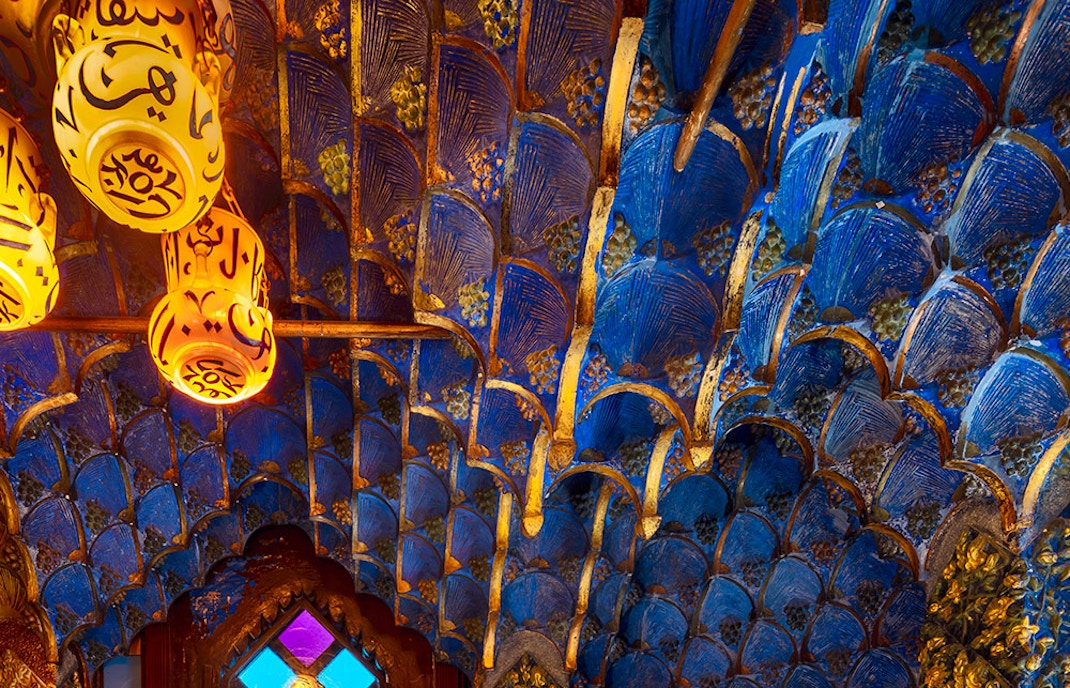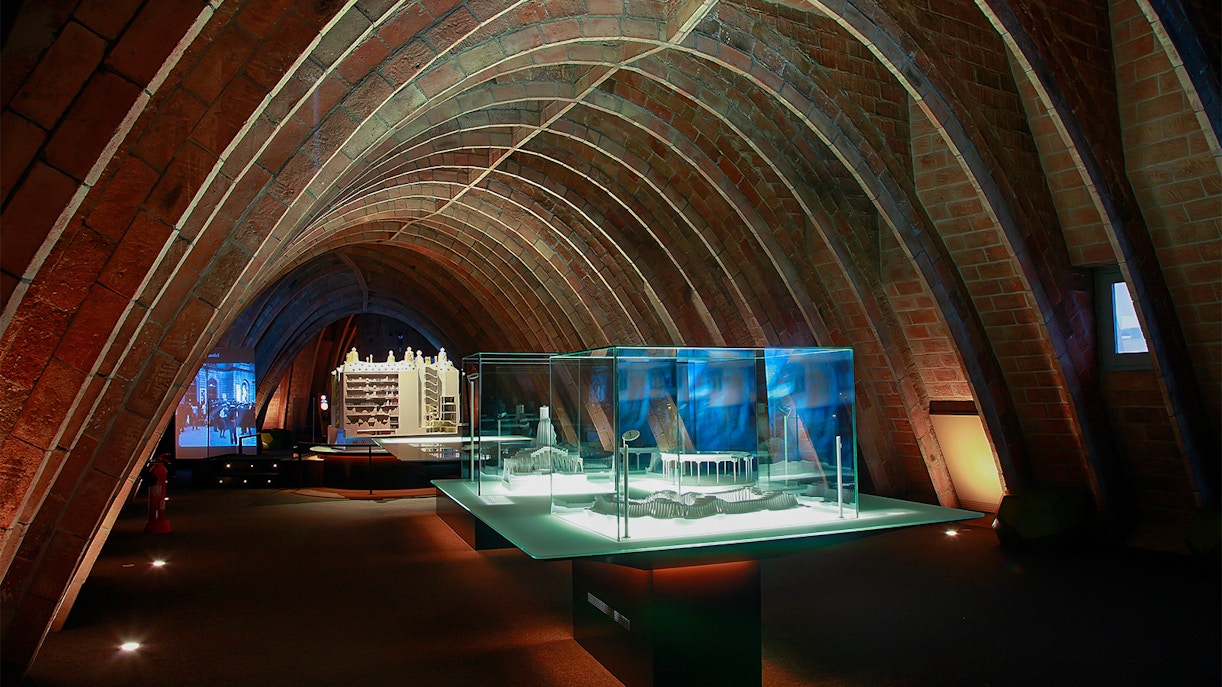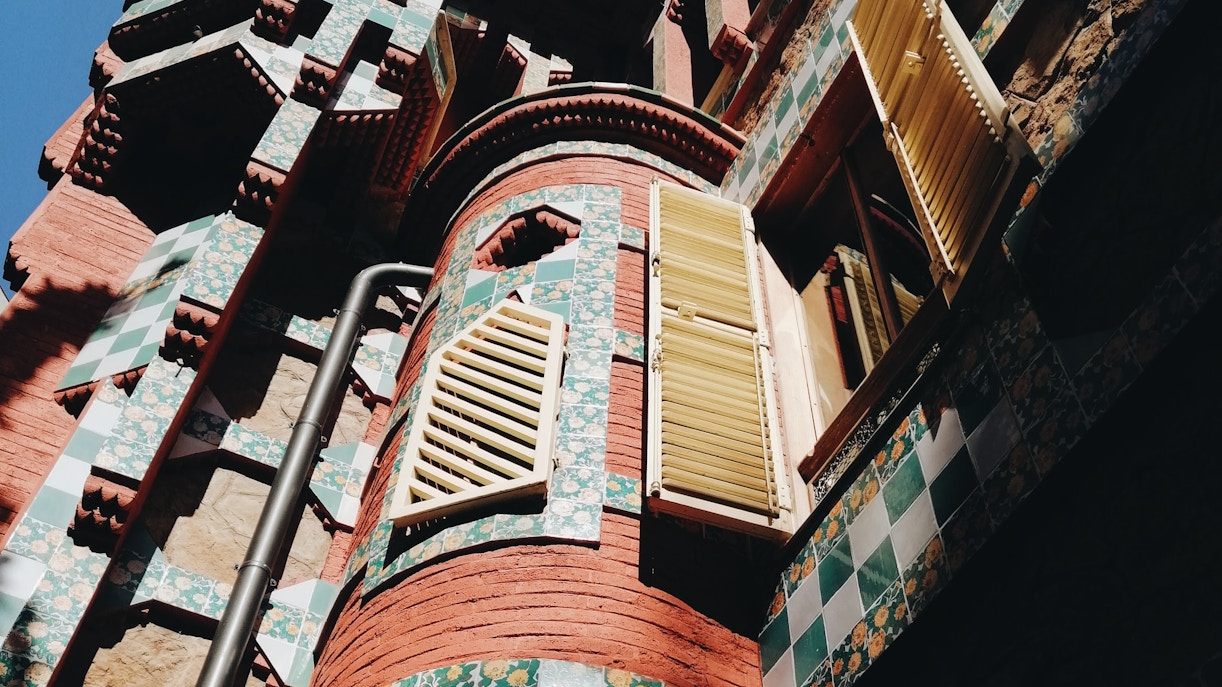History of Gaudi Casa Vicens
The story begins in the late 19th century when Manuel Vicens i Montaner, a wealthy tile manufacturer, commissioned Gaudi to create a summer residence. Construction took place from 1883 to 1885, marking Gaudi's first major residential project.
Over the years, Casa Vicens has seen various owners and transformations. In 1925, it was converted into three separate dwellings. Finally, in 2014, it was acquired by the MoraBanc Foundation and underwent extensive restoration to open its doors to the public.
Today, Casa Vicens stands as a UNESCO World Heritage site and a testament to Gaudi's architectural genius. It invites visitors to explore its remarkable interiors, appreciate the fusion of styles, and witness the birthplace of Gaudi's iconic architectural language.
Learn more about the Casa Vicens history
